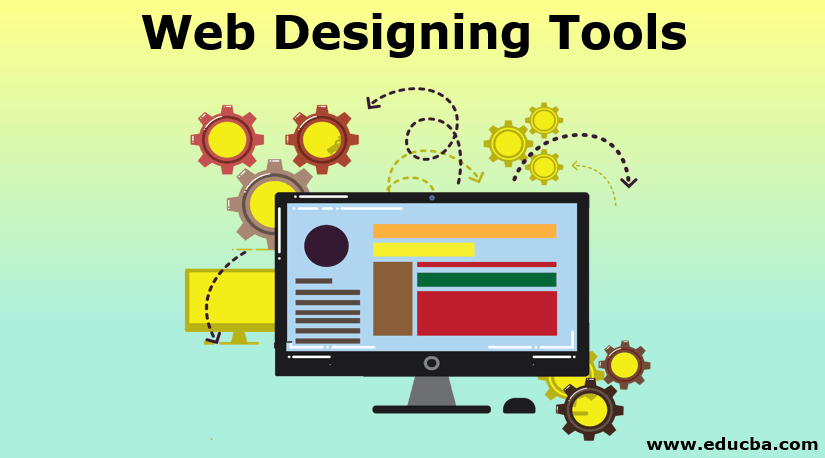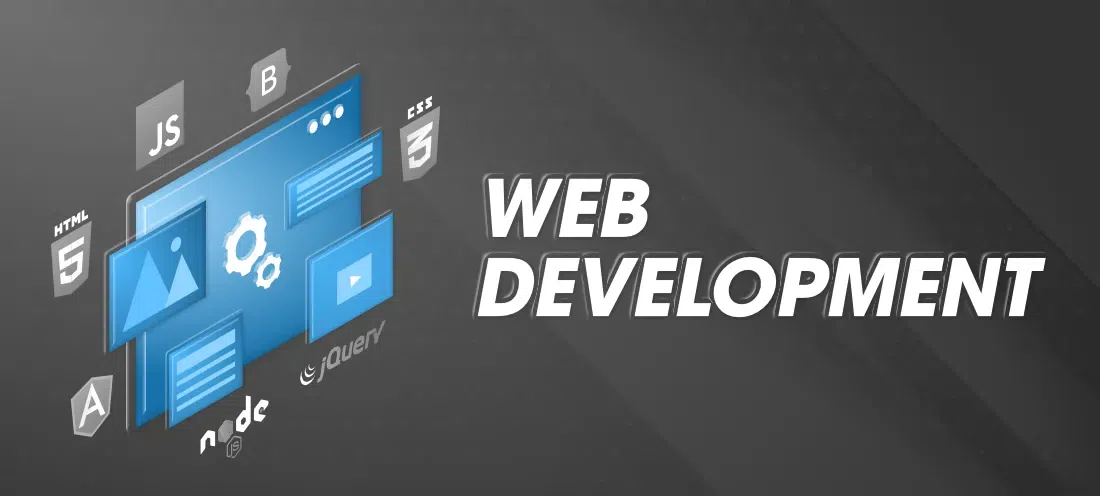Aligned Position Web Design: Creating Custom Websites That Drive Traffic and Increase Conversions
Aligned Position Web Design: Creating Custom Websites That Drive Traffic and Increase Conversions
Blog Article
The Best Kinds Of Web Layout to Improve Customer Experience and Interaction
In the ever-evolving landscape of digital interaction, the efficiency of Web layout substantially affects customer experience and involvement. Numerous layout approaches, such as minimalist, responsive, and interactive layouts, each offer unique advantages that can cater to varied customer demands.
Minimal Website Design
As electronic landscapes end up being progressively messy, minimalist Web layout has actually arised as an effective method to improving user experience. This design viewpoint focuses on simpleness, concentrating on vital aspects while eliminating unnecessary distractions. By making use of enough white area, simple navigation, and a limited shade scheme, minimal style fosters clarity and routes individual interest to key web content.
The core concept of minimal Web design is to create a seamless communication for customers. By minimizing cognitive load, users can promptly comprehend info without really feeling bewildered. This direct approach not just enhances use however also urges engagement, as site visitors are most likely to check out a site that is simple and aesthetically appealing to browse.
Furthermore, minimal design usually emphasizes typography and images, making use of these components strategically to convey messages effectively. This focus on crucial elements can improve brand name identification and produce a memorable customer experience. In significance, minimalist Web layout is not just a pattern; it is a thoughtful methodology that acknowledges the relevance of user-centered style. By removing supplementary aspects, designers can create a more engaging, reliable, and delightful Web experience for all customers.
Responsive Website Design
In today's varied digital atmosphere, responsive website design has actually become vital for producing a seamless individual experience throughout a multitude of tools. As customers accessibility websites on smart devices, laptops, desktop computers, and tablet computers, the ability of a web site to adjust its format and material to various screen dimensions and resolutions is essential.
Responsive website design employs adaptable grids, pictures, and CSS media questions to make sure that Web material is provided efficiently, despite the device used. This method not only boosts the aesthetic charm of a site but likewise substantially enhances usability. Customers are more probable to engage with a site that supplies a regular experience, as it gets rid of the disappointment of having to focus or scroll exceedingly.
Furthermore, online search engine, including Google, focus on mobile-friendly sites in search positions. By embracing receptive layout, organizations can boost their presence and get to a wider audience. This approach also streamlines site upkeep, as a single variation of the site can satisfy all gadgets, decreasing the demand for several variations. In summary, receptive website design is an essential technique that improves customer experience, involvement, and general complete satisfaction.
Interactive Website Design
Receptive website design lays the groundwork for boosting individual experience, yet interactive Web design takes this a step even more by engaging customers in a more dynamic method - Aligned Position Web Design. By including elements such as animations, clickable models, and real-time feedback, interactive Web style mesmerizes customers, attracting them into a richer browsing experience
This technique not just cultivates involvement like it yet likewise encourages users to check out content proactively as opposed to passively eating it. Techniques such as gamification, where individuals make benefits for finishing jobs, can significantly enhance the time invested in a site and improve overall complete satisfaction. Interactive features can simplify complex details, making it extra digestible and satisfying.

Integrating interactive layout elements can likewise bring about higher conversion prices, as users are most likely to engage with a website that proactively entails them. Aligned Position Web Design. Inevitably, interactive website design transforms customer experiences right into remarkable journeys, making certain that visitors return time and once again
Apartment Design
Defined by its minimalistic technique, level layout stresses simpleness and functionality, removing unnecessary aspects and concentrating on crucial attributes. This layout philosophy prioritizes usability, ensuring that users can navigate interfaces effortlessly and efficiency. By employing a clean aesthetic, flat layout removes the mess often found in more ornate styles, thereby improving individual concentrate on web content and functionality.
The hallmark of level layout lies in its use strong shades, simple typography, and geometric shapes. These elements contribute to a visually attractive user interface that is both friendly and modern. In addition, level design cultivates a feeling of quality, allowing individuals to determine vital actions and info without distraction.
In addition, level style is specifically effective in receptive Web design, as its simplicity equates well throughout various gadgets and display sizes. By concentrating on important functions, level design not just meets individual demands but additionally urges seamless communication, making it an essential element of efficient Web design methods.
Flexible Web Design
Adaptive website design customizes the individual experience by developing several dealt with layouts customized to various screen dimensions and tools. Unlike responsive style, which fluidly readjusts a single layout, flexible design uses unique layouts for details breakpoints, making certain optimal discussion on numerous systems. This approach enables developers to concentrate on the one-of-a-kind attributes of each gadget, boosting use by providing specifically what customers require based upon their context.
Among the key benefits of adaptive Web design is its ability to optimize load times and performance. By serving customized web content and pictures that fit the customer's device, websites can decrease data usage and boost loading rates. This is specifically advantageous for users with slower links or restricted data plans.

Furthermore, flexible style helps with a more constant and regulated branding experience. Given that developers create numerous layouts, they can guarantee that the aesthetic elements line up with the brand name's identification across different platforms - Aligned Position Web Design. This causes a cohesive user experience, improving involvement and promoting individual retention
Verdict
In conclusion, the combination of minimal, receptive, and interactive Web layout concepts substantially enhances user experience and interaction. Minimal design cultivates clarity and focus, while receptive design makes certain versatility throughout various gadgets, promoting availability. Interactive design astounds customers with vibrant components, encouraging expedition and customization. Collectively, these style comes close to add to the creation of straightforward settings that not just boost contentment but likewise drive greater conversion prices, underscoring their essential importance in contemporary Web go to this web-site style approaches.

Minimalist style cultivates clearness and emphasis, while receptive style makes sure adaptability across numerous devices, advertising availability. Collectively, these style approaches add to the development of easy to use settings that not just enhance complete satisfaction yet likewise drive greater conversion prices, underscoring their vital value in contemporary Web style techniques.
Report this page